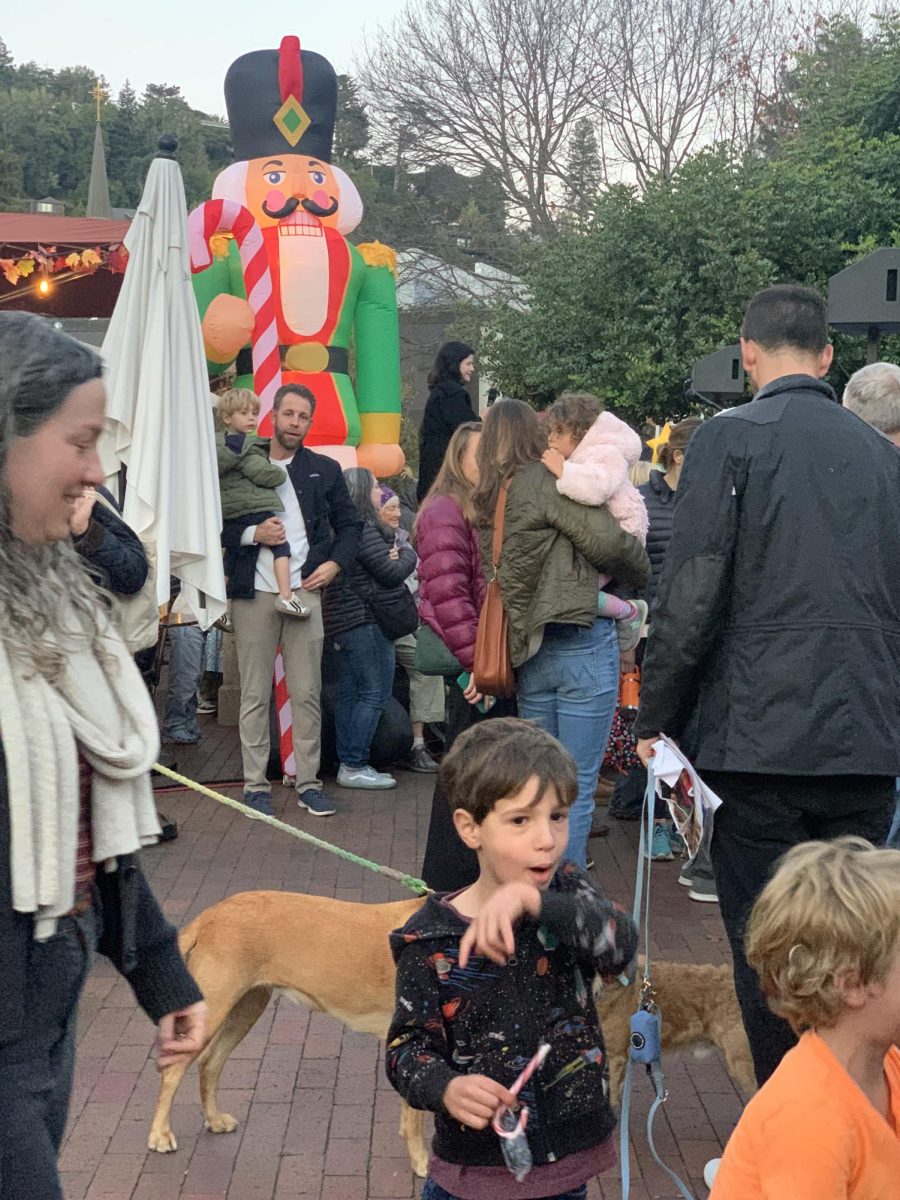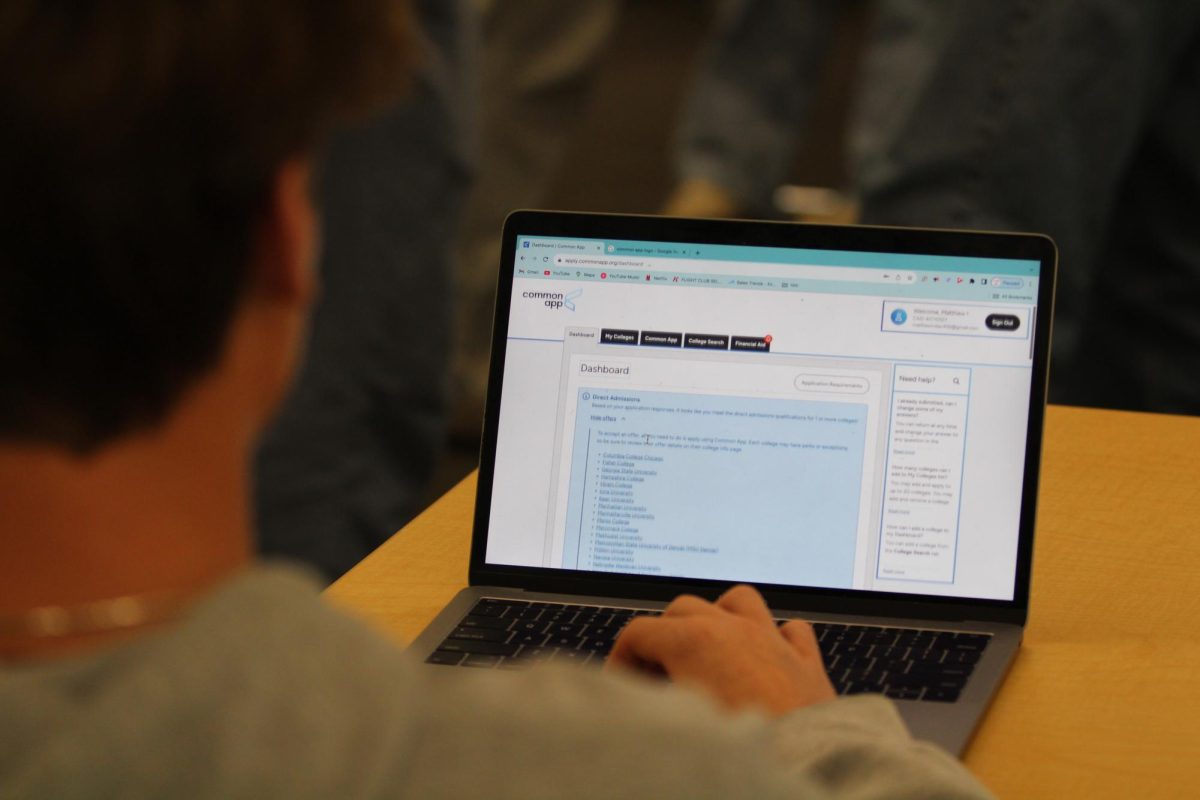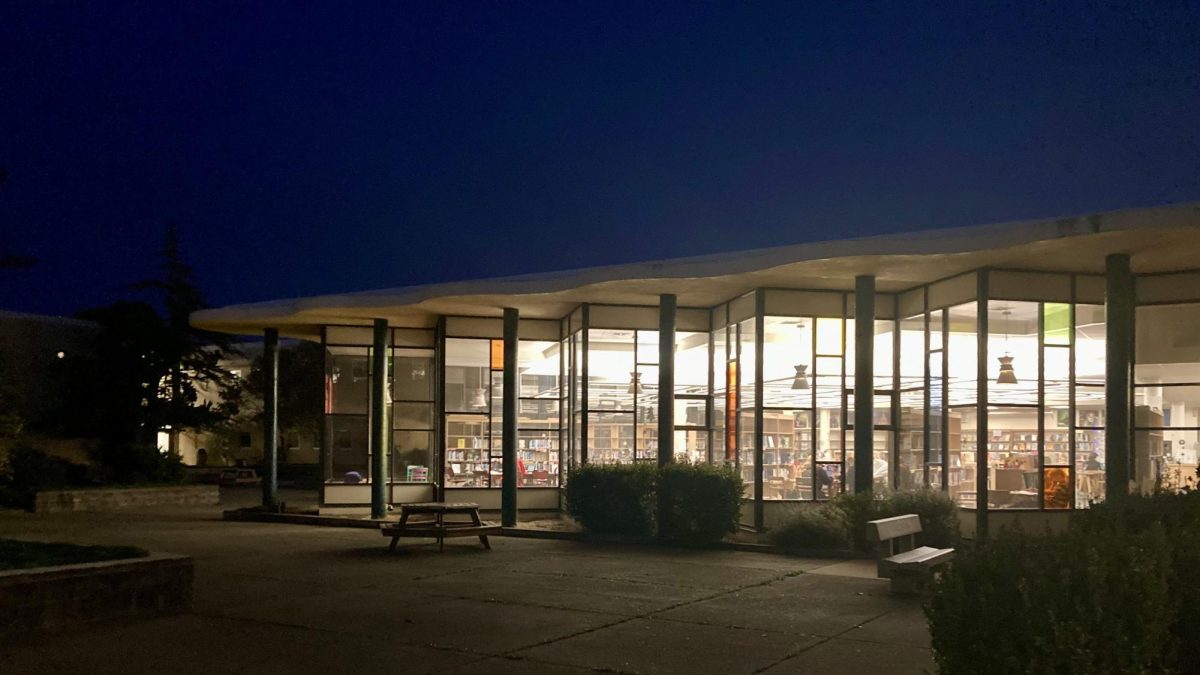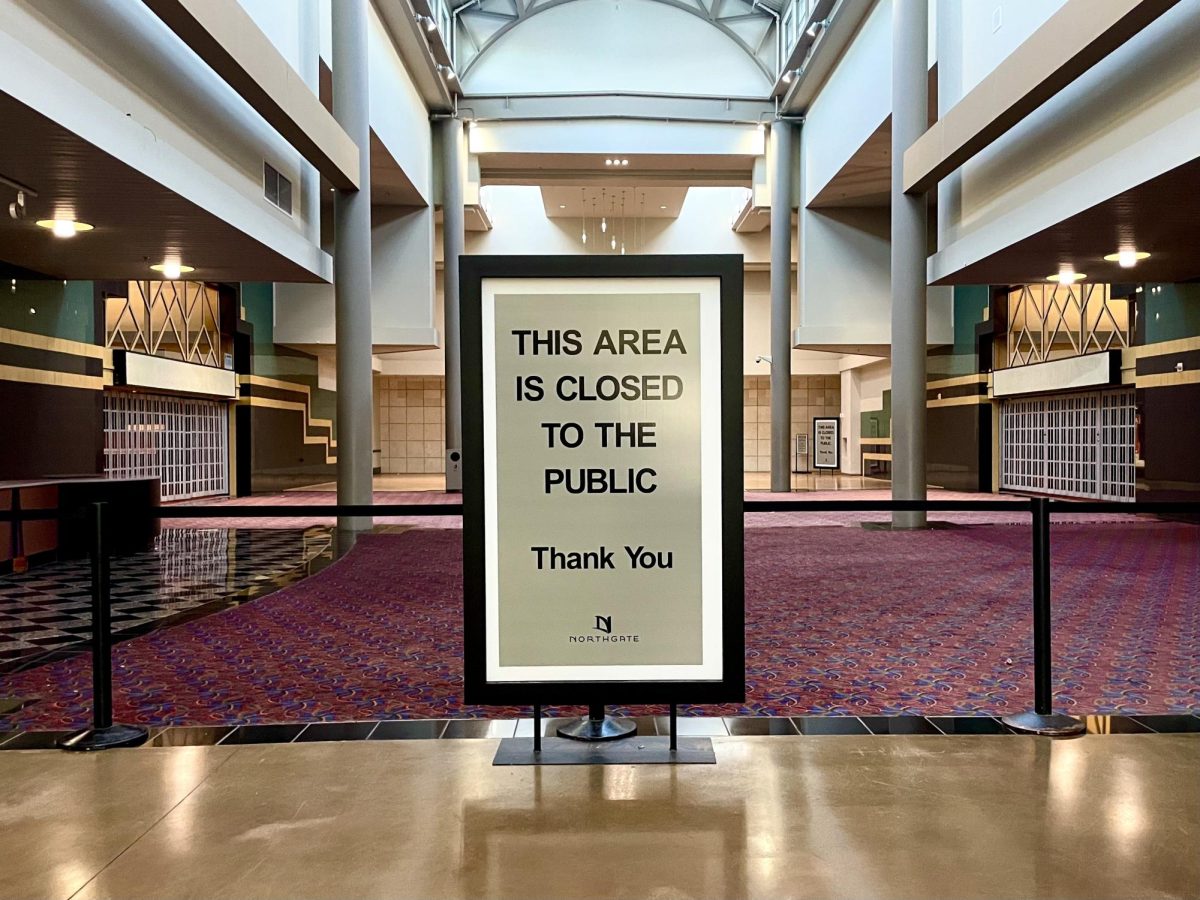Nearly a month and a half after the heavily disputed proposed parking plan was released on Sept. 4, administration opened the permit application for the new finalized parking plan of the 2018-2019 academic year, which contains several deviations from the initially drafted proposal sent out to students and parents. The application window opened on Oct. 25 and will close on Nov. 1.

While the new plan shares the central goal of increasing automobile safety, limiting the number of spots allocated and encouraging carpooling, some of the provisions were modified from the original draft.
Some fundamental changes include issuing permits with priority given to carpools, as opposed to home distance from school, and the remaining permits will be issued based on a lottery system that prioritizes senior drivers over juniors. Student drivers will be assigned permanent spots and will not be able to leave for lunch by car if given a spot.
Principal David Sondheim noted that the lunch restrictions were one of the non-negotiable aspects of the new parking plan.
“We need to ensure student and community safety, and letting people drive at lunch was a threat to that safety. Students were driving too fast and recklessly with the allocated time” Sondheim said.
Despite a large number of cars on campus that may try to dodge the lunch policy, Sondheim stated that there will be strict enforcement of this rule.
“If a student is caught trying to leave for lunch, their permit will be taken away and given to someone who is willing to follow the rules,” Sondheim said.
To apply for a permit, students are required to fill out information about their car and grade level, but must additionally provide the walking distance in minutes from their farthest eSchool home address, and their lot preference (front or back).
Although the restrictions on lunch were generally unpopular among students, the new plan included changes that were likely considered based on student feedback.
Leadership student senior and Associated Student Body Secretary Freddie Kehoe highlighted that administration did take into consideration the student feedback obtained from a Google form sent out with the proposed plan and fromseveral meetings.
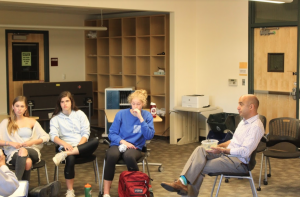
“[Admin] was pretty set in stone about what they originally sent out, but when they listened to the feedback from the ASB meetings, Google forms and lunchtime forums, they changed some things, like the geography aspect,” Kehoe said.
Unlike the original draft, the new application does not prioritize geography to the extent that it did before. Outside of a 20-minute walking time radius, as calculated on Google Maps, distance is not considered for the application. In other words, anyone who lives farther than a 20-minute walk from campus has a fair shot in the lottery for parking permits.
The new draft also prioritizes based on grade level, which were not featured as criteria in the first draft. While seniors have priority over juniors, students of either grade may apply for a carpool permit and possibly earn a spot. Both the back and front lot will be used, and the white line outside of the gym will remain closed during drop-off times and later used for late arrival students.
Since the lottery system favors seniors, many juniors may not be able to obtain a permit. Junior Lauren Hvistendahl believes that this may face opposition from parents of juniors.
“The lottery system is great for seniors, but it may leave some juniors like me without a spot, which may make parents who bought their kids cars upset due to the fact that they would be unable to drive to school,” Hvistendahl said.
While the actual date is unknown, Sondheim estimates that the new policies will be enacted starting either the week before or after Thanksgiving, during mid to late November.


